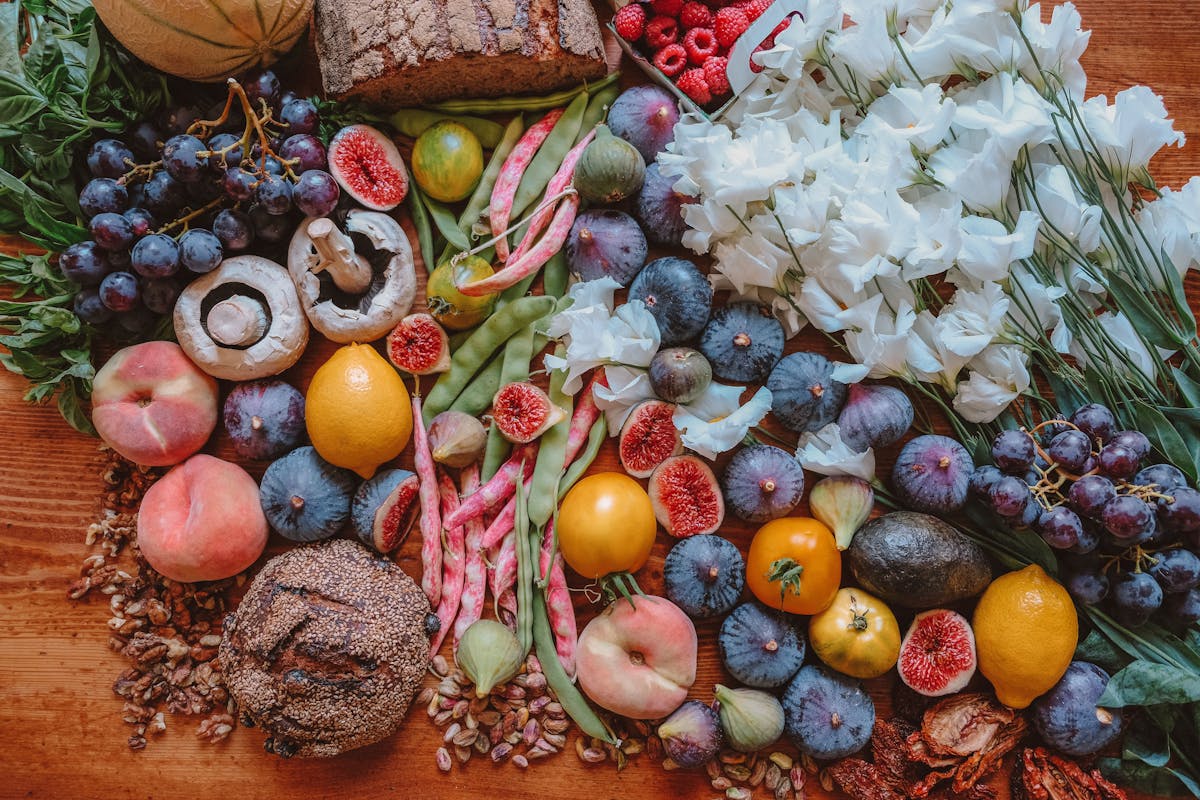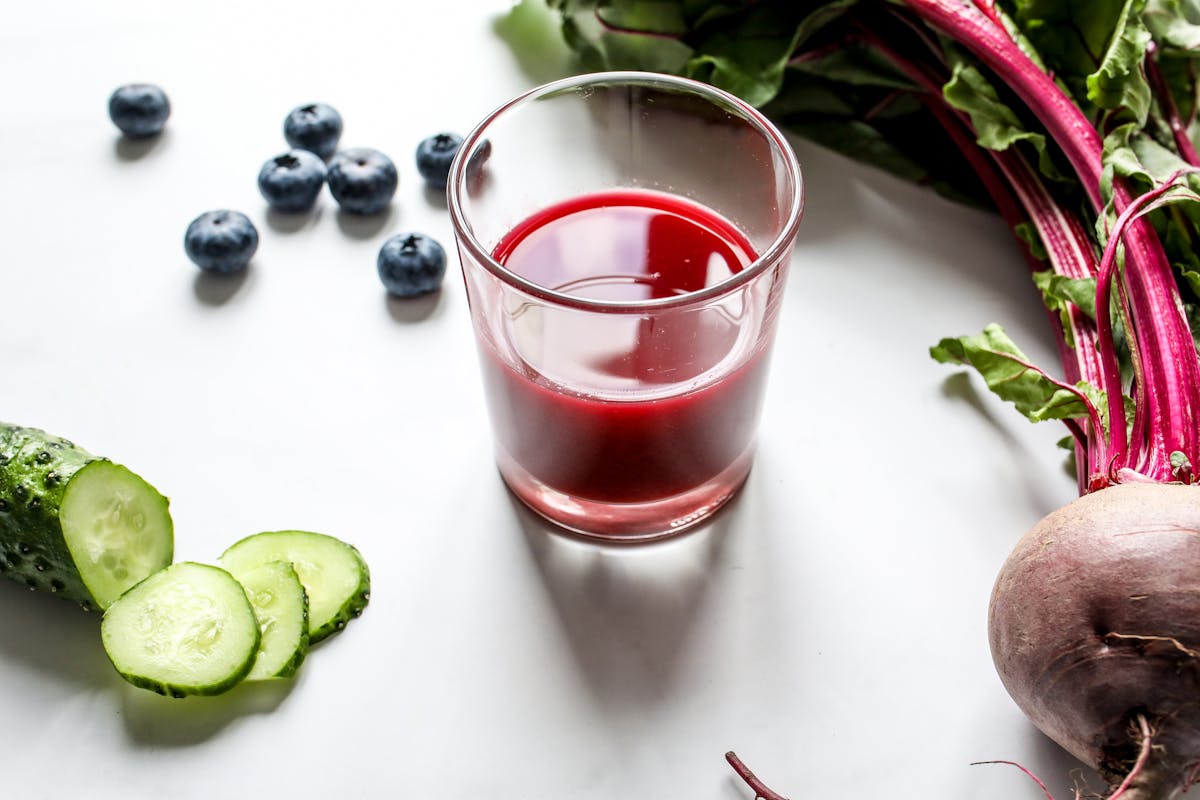
Top 5 Fruits Rich in Magnesium for Better Health and Energy
Magnesium is a mineral that is often part of the supplementation routine for many health-conscious individuals, especially those who are physically active.
This vital mineral performs numerous functions in the body; it is essential for the nervous and muscular systems, and without it, our metabolic processes would come to a halt.
Irritability and confusion, as well as fatigue and muscle cramps, are some of the symptoms of a magnesium deficiency. What is less often discussed is that magnesium is very important for healthy bones and teeth. The daily requirement for magnesium is about 375 milligrams.
Higher magnesium needs arise during growth and development, as well as during pregnancy, under stress, and with increased physical activity. Additionally, needs increase during breastfeeding, alcohol consumption, the use of certain medications such as diuretics, and certain diseases like diabetes also demand a higher intake of magnesium.
- Neurobics is gymnastics for the brain – here are 10 exercises you can try right now
- Morning or Evening Shower: Which Is Better for Your Health?
Magnesium deficiency can also occur due to digestive problems or aging.
Whole grains, seeds, nuts, certain vegetables, and some fruits are rich in magnesium. However, fruits rich in magnesium also deserve a place on this list.
Fruits Rich in Magnesium:
Dried Apricots
One cup of dried apricots provides about 10% of the total daily magnesium intake. However, like other dried fruits, they are high in calories, so it is important to control the portion size. About three dried apricots provide around 50 calories and approximately 10 milligrams of magnesium. You can also add them to oatmeal or yogurt. Besides magnesium, dried apricots also contain potassium and iron. A varied diet will ensure different sources of magnesium, so higher-calorie fruits can be included in smaller amounts as part of your overall daily magnesium intake.
Avocado
Avocado is considered one of the healthiest and most nutrient-dense fruits because, in addition to vitamins and minerals, it also contains healthy fats. One cup of chopped avocado provides about 10% of the daily magnesium requirement. This portion also delivers about 35% of daily fiber needs. You can incorporate avocado into any meal – add it to toast with eggs and salmon for breakfast, to a chicken salad for lunch, or spread it on a whole-grain tortilla with turkey for dinner.
Dried Figs
One cup of dried figs contains about 100 milligrams of magnesium. However, just because a fruit is rich in magnesium does not mean it should be eaten in unlimited quantities. Keep in mind that dried figs are calorie-dense, with one cup adding about 370 calories. However, one cup of figs also provides about 50% of the recommended daily fiber intake.
Add two to three figs to your oatmeal to supply about 30 milligrams of magnesium. Dried figs are an excellent addition to breakfast to aid digestion, and when combined with other magnesium-rich ingredients like nuts and whole grains, they can significantly boost your magnesium intake in your first meal of the day.
Bananas
When our body lacks magnesium, often sending painful signals in the form of muscle cramps, one of the common tips we hear is to eat bananas. This is true, as one cup of sliced bananas provides about 46 milligrams of magnesium. Bananas are also a good source of vitamin B6, which is important for metabolism, immune system function, neurotransmitter production, and the formation of hemoglobin, the component of red blood cells that carries oxygen throughout the body.
Although bananas are among the fruits rich in magnesium, it is not possible to eat enough bananas to meet the entire daily requirement of 375 milligrams. Nevertheless, they are an excellent quick fix if you experience cramps, especially when paired with magnesium-enriched water.





